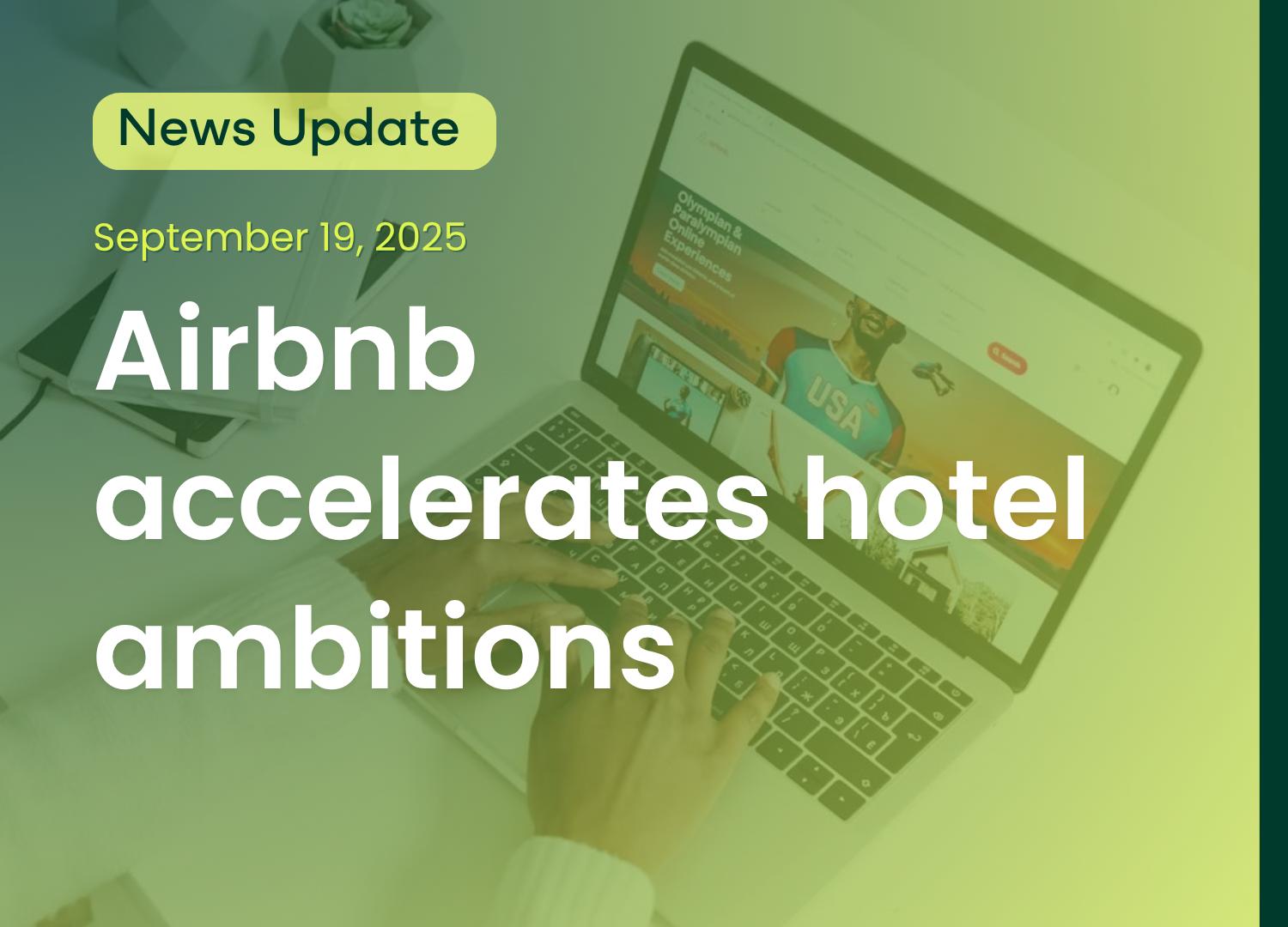Hotel Revenue Management Strategies: Horizontal vs. Vertical Approach
Hoteliers constantly strive to optimize their revenue streams while ensuring the highest levels of guest satisfaction. One key decision they face is choosing between horizontal and vertical revenue management approaches. In this blog post, we'll explore the differences between these two strategies and help you determine which one might be the right fit for your hotel.

Horizontal Revenue Management
Horizontal revenue management, also known as rate parity, focuses on setting consistent rates across all distribution channels. This approach aims to avoid price discrepancies and maintain a uniform pricing structure regardless of where a potential guest finds your hotel's offerings. Here are some key points to consider with the horizontal approach:
- Consistency: With horizontal revenue management, your hotel's room rates remain uniform on various online travel agencies (OTAs), your website, and other booking platforms. This ensures a coherent pricing strategy.
- Limited Revenue Optimization: The horizontal approach may not allow hotels to fully capitalize on variations in demand. It may result in missed revenue opportunities during peak periods when prices could be increased.
- Simplicity: Managing rates across different channels becomes more straightforward as you don't need to constantly adjust prices based on demand fluctuations.
- Brand Image: This approach helps maintain a consistent brand image, as guests will see the same rates wherever they look, reinforcing trust and reliability.
- Risk of Rate Parity Violations: Maintaining rate parity across all channels can be challenging, and unintentional discrepancies can lead to rate parity violations, potentially causing friction with OTAs or other distribution partners.
However, the horizontal approach has its limitations as it may not fully leverage shifts in demand or seize the full potential of market dynamics. While it provides pricing consistency and simplicity, it might constrain revenue optimization, competitive positioning, and the ability to adapt to distinctive market circumstances.

Vertical Revenue Management
Vertical revenue management, on the other hand, involves adjusting room rates based on demand, market conditions, and guest preferences. It allows for greater flexibility and customization of pricing. Here's what you need to know about the vertical approach:
- Dynamic Pricing: With vertical revenue management, you can implement dynamic pricing strategies that consider factors like seasonal variations, special events, and competitor rates. This can help maximize revenue during peak periods.
- Personalization: Vertical revenue management enables you to tailor offers to different guest segments, such as business travelers, leisure guests, or loyal customers.
- Competitive Advantage: By staying competitive with your pricing, you can attract price-sensitive guests while also optimizing revenue during high-demand periods.
- Complexity: Successful implementation and management of vertical revenue management strategies necessitate advanced software, meticulous data analysis, and a profound comprehension of market dynamics. Moreover, vertical revenue management entails continuous monitoring and analysis of evolving market conditions and guest preferences.
The vertical revenue management approach offers many advantages, such as dynamic pricing, personalization, and a competitive edge. However, it also comes with complexities and requires significant resources and expertise to implement effectively.
Otamiser Revenue's Dynamic Pricing: Data-Driven Automation
The game-changer: Otamiser Revenue. This innovative solution takes revenue management to the next level with its fully automatic dynamic pricing, powered by real-time data. Here's how it works:
- Predictive Analytics: Otamiser Revenue employs predictive analytics to anticipate future market trends, guest behaviors, and booking patterns with exceptional accuracy.
- Real-Time Data: It continuously analyzes real-time market shifts, ensuring that your hotel's rates are always competitive and aligned with current conditions.
- Fully Automated: Unlike manual pricing adjustments, Otamiser Revenue operates automatically, making instant rate adjustments based on the data it gathers.
- Maximizing Revenue: With Otamiser Revenue, your hotel can optimize revenue potential during peak periods, capturing opportunities that might be missed with static pricing approaches.
Conclusion:
Success in hotel revenue management requires continuous monitoring, analysis, and adaptation. By understanding the strengths and weaknesses of both horizontal and vertical strategies, you can craft a revenue management plan that suits your hotel's unique circumstances and helps you achieve your financial goals. Partnering with a company like Otamiser that specializes in revenue management services can provide you with the tools and expertise needed to thrive in this competitive industry.




.svg)
.svg)


.jpg)


%201.avif)

